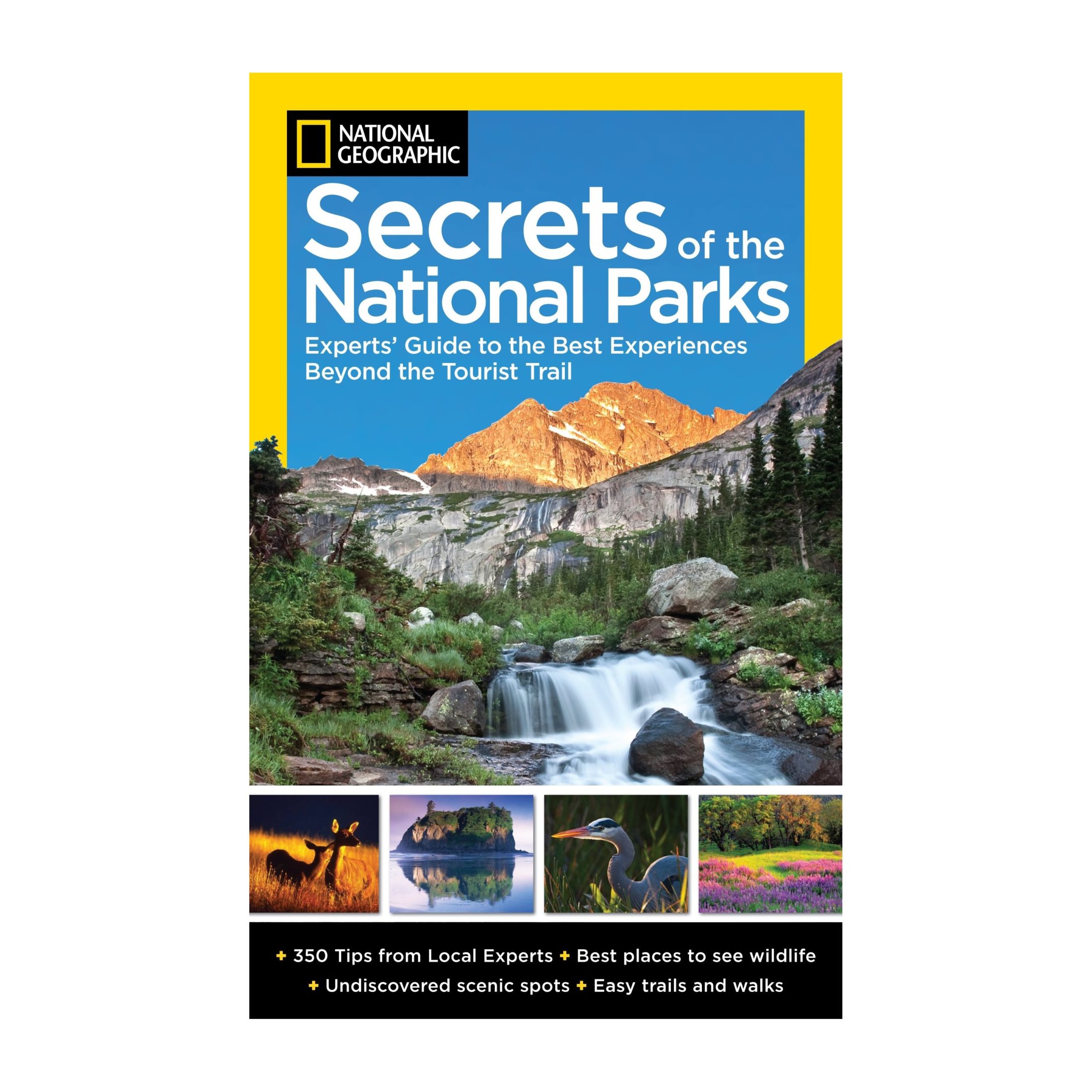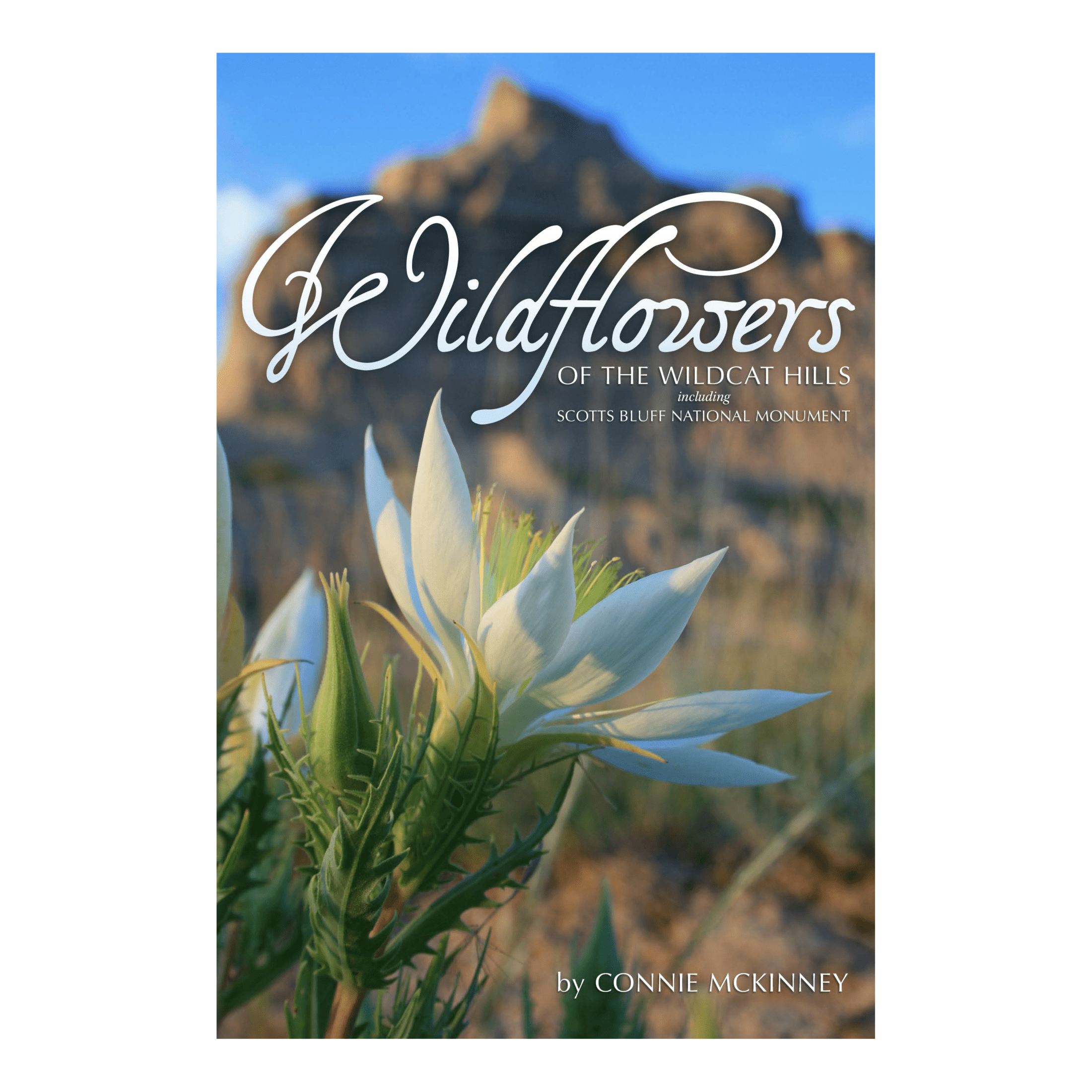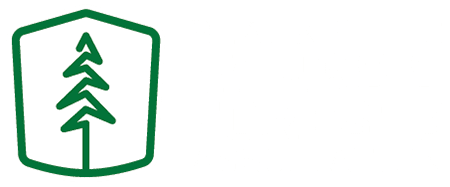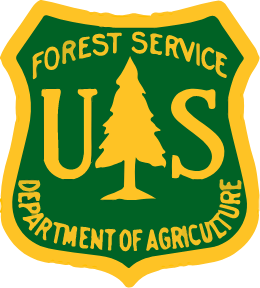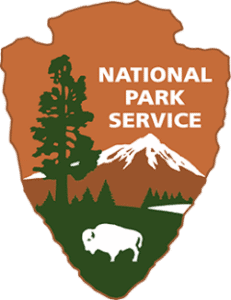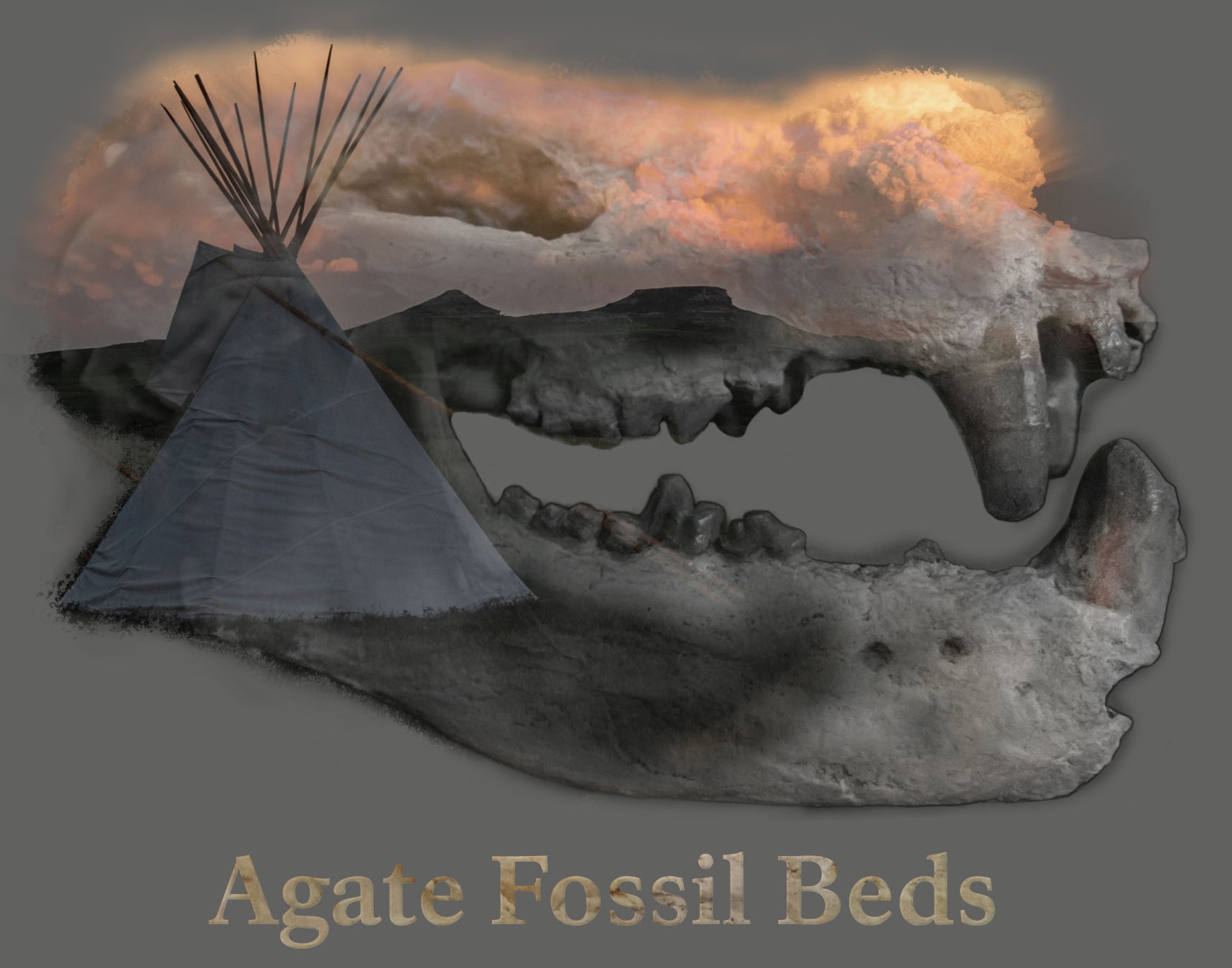
Agate 60: Six Decades of Science and Story
Walk the trails.
See the bones.
Hear the stories.
Quick Facts:
- Where: Agate Fossil Beds National Monument, 34 miles north of Scottsbluff, Nebraska
- Why Visit: Explore one of the most significant fossil discoveries in North America, the unique Cook Collection of Lakota artifacts, and the rare wetlands amidst the Nebraska plains.
- Top Activities:
- View the historic Miocene epoch fossils.
- Discover the Cook Collection and learn about the relationship between Native American leaders and the Cook family.
- Take a guided walk through the grasslands and wetlands along the Niobrara River.
- Best Time to Visit: Open year-round; the visitor center is open daily from 9:00 AM to 5:00 PM May 15 – Sept 30, and 8:00 AM to 4:00 PM Oct 1 – May 14. The trails are open sunrise to sunset.
- Nearby Attractions: Combine your visit with stops at Scotts Bluff National Monument or Toadstool Geologic Park and Hudson-Meng Bison Site (in season).
- Make it Easy: Modern visitor center, walking trails, picnic areas, and ADA-accessible restrooms.
- Support the Site: Purchases from the Agate Fossil Beds store and donations help preserve this unique paleontological and cultural treasure.
Take a day trip to Agate Fossil Beds! Less than an hour north of Scottsbluff.
Northwestern Nebraska is home to an incredible mix of paleontological history, Native American heritage, and natural beauty.
Agate Fossil Beds National Monument is a hidden gem.
Agate offers visitors a chance to connect with some of the most fascinating aspects of the region’s past.
From ancient fossils that provide a window into the Miocene epoch to a priceless collection of Lakota artifacts, to some of the darkest skies around…
…Agate is rich with stories to uncover.
Historical Significance: Fossils That Shaped Paleontology
Agate Fossil Beds tells the story of a world more than 20 million years old. In the early 1900s, paleontologists uncovered fossils here that transformed the understanding of prehistoric North America. Among the finds were Menoceras, a small rhinoceros, and Moropus, a clawed plant-eater—both from the Miocene epoch.
Today, Agate is known as one of the top Miocene fossil sites in the world. The preserved bonebeds offer a rare look into ancient ecosystems. Visitors can walk the trails, view fossil displays, and learn how scientists continue to study the site’s rich layers of history.
The Cook Collection: A Unique Lakota Legacy
Agate is also a place of cultural connection. In the late 1800s, rancher James Cook formed a lasting friendship with Chief Red Cloud and other Oglala Lakota leaders. Over time, Cook received meaningful gifts—ceremonial pipes, beadwork, and clothing—that now make up the Cook Collection.
This collection tells a powerful story of respect and exchange between cultures. It highlights the deep ties between the Lakota people and the land. Visitors can explore these artifacts in the visitor center, gaining insight into traditions that continue to shape the region today.
Join BHPFA as a member to support all our amazing Black Hills and Western Nebraska partners!
A Landscape Like No Other: Grasslands and Wetlands on the Plains
The monument’s landscape is just as unique as its fossils and stories. Agate sits in the heart of the Great Plains, surrounded by mixed-grass prairie. But along the Niobrara River, visitors also find lush wetlands—a surprising contrast to the open grasslands.
As you walk the trails, listen for songbirds, watch for native grasses swaying in the breeze, and take in the quiet beauty of the riverbanks. This land has changed little since the days of ancient mammals—and remains a place of reflection, wonder, and discovery.
Visitor Experience at Agate Fossil Beds National Monument
When you visit Agate Fossil Beds, you’ll be stepping into a place where science, history, and nature come together in a truly unique way. The visitor center provides in-depth exhibits on both the fossil discoveries and the Cook Collection, offering something for everyone—from curious kids to lifelong learners.
Guided Walks and Tours
Take a guided tour to explore the fascinating fossil beds and learn from knowledgeable staff about the creatures that once roamed this area. Along the way, you’ll hear stories of the scientific discoveries that have shaped our understanding of the ancient Great Plains.
Family-Friendly Features
Interactive exhibits and hands-on activities engage young visitors, making Agate a great destination for families. Kids will love learning about fossils and playing “junior paleontologist” with the educational programs available on-site.
Trails Through Time
For those who love to explore, the park’s trails offer easy walking paths that lead you through the heart of the grasslands and wetlands. The Fossil Hills Trail and Daemonelix Trail give visitors the opportunity to see the land much as it appeared millions of years ago—and maybe even spot wildlife along the way.
Want to earmark your donation to Agate Fossil Beds? Choose them in “Park or Forest Site to Support:”
How to Support Agate Fossil Beds
Your visit, donations, and purchases from the park store directly support Agate’s mission of education, preservation, and research. Proceeds help fund programs that preserve the site’s natural and cultural resources, ensuring future generations can enjoy this unique location.
Shop Online: Browse the Agate Park Store for books, gifts, and educational materials that help support the monument.
Make a Donation: Help fund Agate’s educational programs and conservation efforts by making a donation today.
Together, we can preserve and share the incredible history of Agate Fossil Beds National Monument for generations to come!
